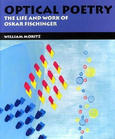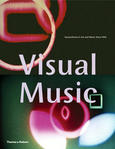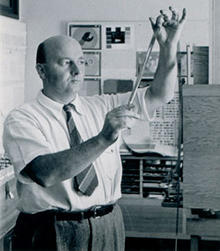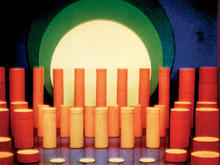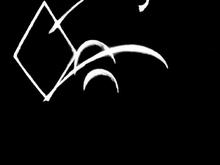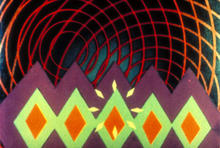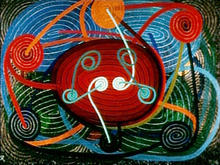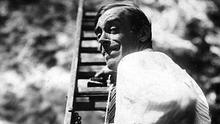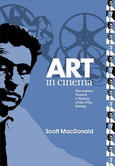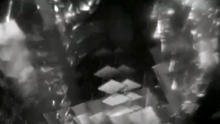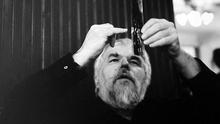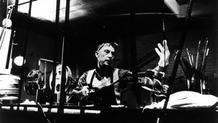Oskar Fischinger (1900-1967)
(2012)Experiments in Cinematic Abstraction edited by Cindy Keefer and Jaap Guldemond. This new monograph explores the position of Oskar Fischinger's work within the international avant-garde.
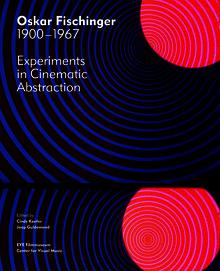
The book examines his animation and painting, his use of music, his experiences in Hollywood, the Lumigraph, visual music theories, and his influence on today's filmmakers, artists and animators. The book also contains previously unpublished documents including texts by Oskar Fischinger himself, and unshot animation drawings. Essays compiled and commissioned by editor Cindy Keefer include new research and texts by Jean-Michel Bouhours, Jeanpaul Goergen, Ilene Susan Fort, James Tobias, Cindy Keefer, Richard Brown, Paul Hertz, Joerg Jewanski, and more.
The book also features texts by Oskar Fischinger, a new bibliography and filmography by CVM, and testimonials by international artists, scholars, historians and authors including David James, Giannalberto Bendazzi, John Canemaker, Suzanne Buchan, Yann Beauvais, Joost Rekveld, Robert Haller, Arthur & Corinne Cantrill, Scott Snibbe, Robert Seidel and more. 240 pages, paperback. Extensive color illustrations, including never published ornament sound experiments animation material. Distributed by Thames & Hudson.
Source: Center for Visual Music
ISBN-10: 9071338002
ISBN-13: 978-9071338007
